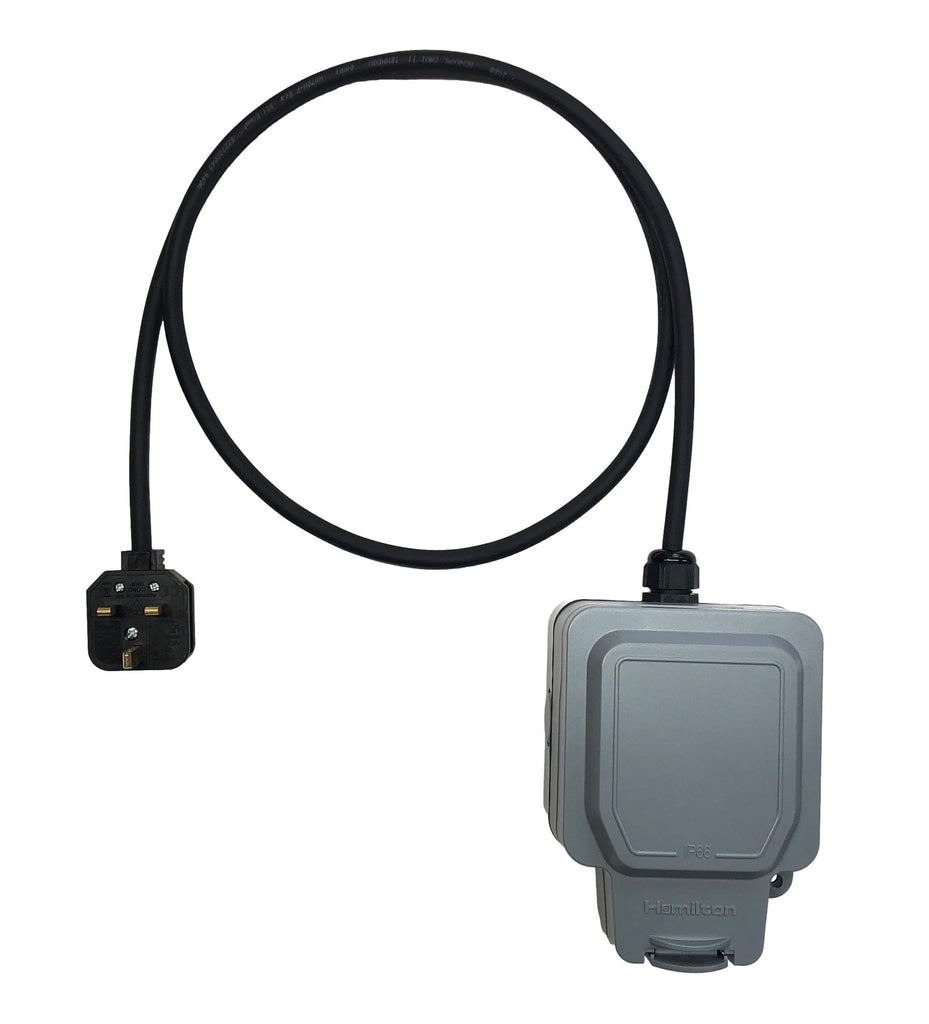Godfrey De Silva
Standard Member
Can a home granny charger be extended with a type 2 cable.
Both ends of the type 2 cable have plugs similar to the “car” end of the granny and I have never heard of a socket adapter so no I can’t think it would be possible.Can a home granny charger be extended with a type 2 cable.
As suggested by others. Use a high quality extension lead between your power outlet and the granny and ensure you use waterproof locking cover if outdoors.Can a home granny charger be extended with a type 2 cable.
No, but you can use an extension lead as mentioned above, but please make sure it is rated 13 amp, lots are only 10 amp. Also ensure it is fully unwound when using it.Can a home granny charger be extended with a type 2 cable.

Good advice, although in the end I decided that the van was not going to be economically viable at my time of life. I use the same socket for my electric motorcycle with no problem, which only draws about 1.3 kws for a maximum of 8/9 hours.If you find your wall socket getting very hot you should get a sparky to check your house electrics, this applies whether you have an extension cable or not.
In the time I used this set up my wall socket would get noticeably warm but never hot.

I have an extension lead designed for camping. It has a blue site plug attached (to use on French campsites).Can a home granny charger be extended with a type 2 cable.
Can a home granny charger be extended with a type 2 cable.
When a wall socket gets hot it will have almost certainly nothing to do with the domestic wiring itself but down to the contact faces mating up to the pins of the plug. These are a beryllium copper alloy which makes it slightly springy to create pressure needed for a good contact. Unfortunately when they get hot they spread slightly reducing that pressure which is then likely to make a poor contact so tend to get hot even easier. As a precaution if the wall socket has got actually hot I would replace it.
I agree with this 100%.Often the reason for overheating is the similar contact surfaces on the fuse contained in the BS1363 plug. Unlike the contact surfaces between the pins on the plug and the socket springs the ones around the fuse are not regularly cleaned by being plugged and unplugged. The heat generated is transferred along the Live pin and often the visible damage is on the outside of the socket plate. So if you see such damage don't just replace the socket but check the plug.
They had “Snake Oil” salesmen in all the old cowboy filmsAn acquaintance from years ago used to sell "snake oil" products to the local audiophile market such as Oxygen free copper wire etc.
One of his best sellers was a bog standard 4 way power block modified for his market. The modifications included soldering over the rivets in the copper bars, soldering in the cables into the screw down terminals and soldering in the fuses inside the plug.
Apparently they made a "huge difference"